Country Name: United Arab Emirates
System of government: Federation of seven emirates: Abu Dhabi, Dubai, Ajman, Sharjah, Umm al Qaiwain, Fujairah and Ras al Khaimah. The seven emirs form the Supreme Council; one emir serves as President
Capital: Abu Dhabi
Location: In the eastern part of the Arabian Peninsula on the coast of the Persian Gulf; land borders with Qatar, Saudi Arabia and Oman
Area: 83,600 sq km
National composition: Mostly Arabs
Religion: Islam
Official language: Arabic
Currency: Dirham = 100 fils
Administrative divisions: 7 emirates
Other major cities: Dubai, Sharjah
Climate: Hot and Dry
Most people in the United Arab Emirates live on the coastal plain or in a few oases in the interior. There is some farming on irrigated land, and fishing and pearl diving are also important activities. But the economy is based on oil and natural gas. With revenue from oil sales, other industries, including cement works, oil refineries, gas liquefaction plants, and desalination projects to provide much needed fresh water, are being developed.
United Arab Emirates World Encyclopedia: Map
United Arab Emirates National Anthem:
History:
Little is known about pre-Islamic culture in the southeast Arabian Peninsula, except that many ancient towns in the area were trading centers between the Eastern and Western worlds. People of various cultures have lived in the Arabian Peninsula for more than 5,000 years. The Dilmun culture, along the Persian Gulf coast (c. 3000–1600 B.C.E.), was contemporaneous with the Sumerians and ancient Egyptians, and most of the empires of the ancient world traded with the states of the peninsula. Except for a few cities and oases, the harsh climate prevented much settlement. A significant event between 3000 and 2500 B.C.E. was the domestication of the one-humped camel, or dromedary, in the southern part of the Arabian Peninsula. By 1000 B.C.E., such camels were important in the caravan trade. Before Mohammad’s birth, the people in this region were idol worshipers, who worshiped “Bajar.”
In 325 B.C.E., Alexander the Great sent a fleet from India to explore the gulf. Alexander’s successors did not control the area long enough to make the gulf a part of the Greek world. By about 250 B.C.E., the Greeks lost all territory east of Syria to the Parthians, a Persian dynasty in the East.
From the third century C.E., the Persian Sassanians, who held the area until the rise of Islam four centuries later, established agricultural colonies and engaged nomadic tribes to protect their western flank from the Romans.
Judaism and Christianity arrived from Jewish and Christian tribes in the Arabian Desert, from Ethiopian Christians to the south, and from Mesopotamia, where Jewish and Christian communities flourished. The popularity of Christianity and Judaism paled, however, when compared with the enthusiasm with which the Arabs greeted Islam in the seventh century.
For centuries, the region that became the United Arab Emirates was embroiled in dynastic disputes. In the early eighteenth century, the Al Abu Falasa clan of Bani Yas clan established Dubai, which remained a dependent of Abu Dhabi until 1833.
The region became known as the Pirate Coast, from the seventeenth into the nineteenth century, as raiders based there harassed foreign shipping, requiring European and Arab navy patrols. Early British expeditions to protect the India trade from raiders at Ras al-Khaimah led to campaigns against that headquarters and other harbors along the coast in 1819. The next year, a general peace treaty was signed to which all the principal sheikhs of the coast adhered. Raids continued intermittently until 1835, when the sheiks agreed not to engage in hostilities at sea. In 1853, they signed a treaty with the United Kingdom, under which the sheiks (the “Trucial Sheikhdoms”) agreed to a “perpetual maritime truce.” It was enforced by Britain, and disputes among sheiks were referred to the British for settlement.
Primarily in reaction to the ambitions of other European countries, Britain and the Trucial Sheikdoms established closer bonds in an 1892 treaty, similar to treaties entered into by Britain with other Persian Gulf principalities. The sheiks agreed not to dispose of any territory except to Britain and not to enter into relationships with any foreign government other than Britain without its consent. In return, the British promised to protect the Trucial Coast.
In 1955, Britain sided with Abu Dhabi in the latter’s dispute with Saudi Arabia over the Buraimi Oasis and other territory to the south. A 1974 agreement between Abu Dhabi and Saudi Arabia would have settled the Abu Dhabi-Saudi border dispute; however, the agreement has yet to be ratified by the emirates government and is not recognized by the Saudi government. The border with Oman also remains officially unsettled, but the two governments agreed to delineate the border in May 1999.
In 1968, Britain announced its decision, reaffirmed in March 1971, to end the treaty relationships with the seven Trucial Sheikhdoms which had been, together with Bahrain and Qatar, under British protection. The nine attempted to form a union of Arab emirates, but by mid-1971 they were unable to agree on terms of union. Bahrain became independent in August, and Qatar in September 1971. When the British-Trucial Sheikhdoms treaty expired on December 1, 1971, they became fully independent. On December 2, 1971, six of them entered into a union called the United Arab Emirates. The seventh, Ras al-Khaimah, joined in early 1972.
Emirates sent forces to liberate Kuwait during the 1990–1991 Persian Gulf War.
On November 2, 2004, the Emirates’ first and only president, Sheikh Zayed bin Sultan Al Nahyan, died. He had been the ruler of Abu Dhabi and president of the federation for over 30 years (1971-2004). His eldest son Khalifa bin Zayed al Nahyan succeeded him as Ruler of Abu Dhabi. The federation’s Supreme Council of Rulers elected Khalifa bin Zayed Al Nahyan as federal president. Mohammed bin Zayed al Nahyan succeeded Khalifa as Crown Prince of Abu Dhabi.
 Kids Portal For Parents India Kids Network
Kids Portal For Parents India Kids Network
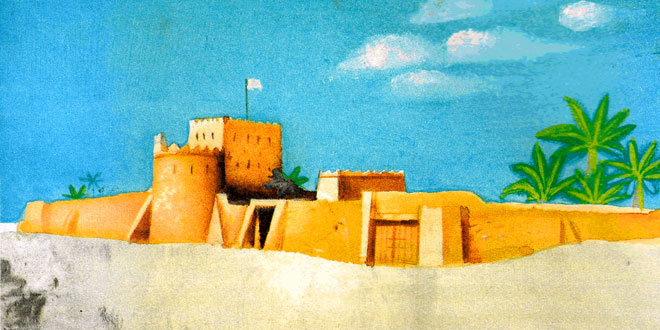


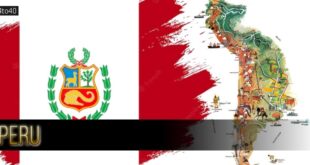
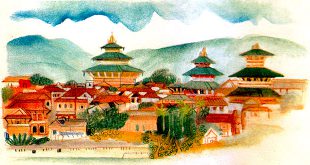
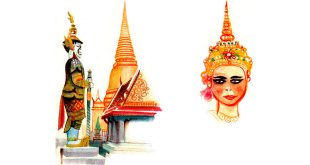
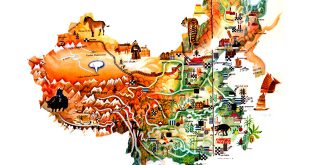

One comment
Pingback: Leatherworld Middle East 2019: Dubai - Textile Industry Events